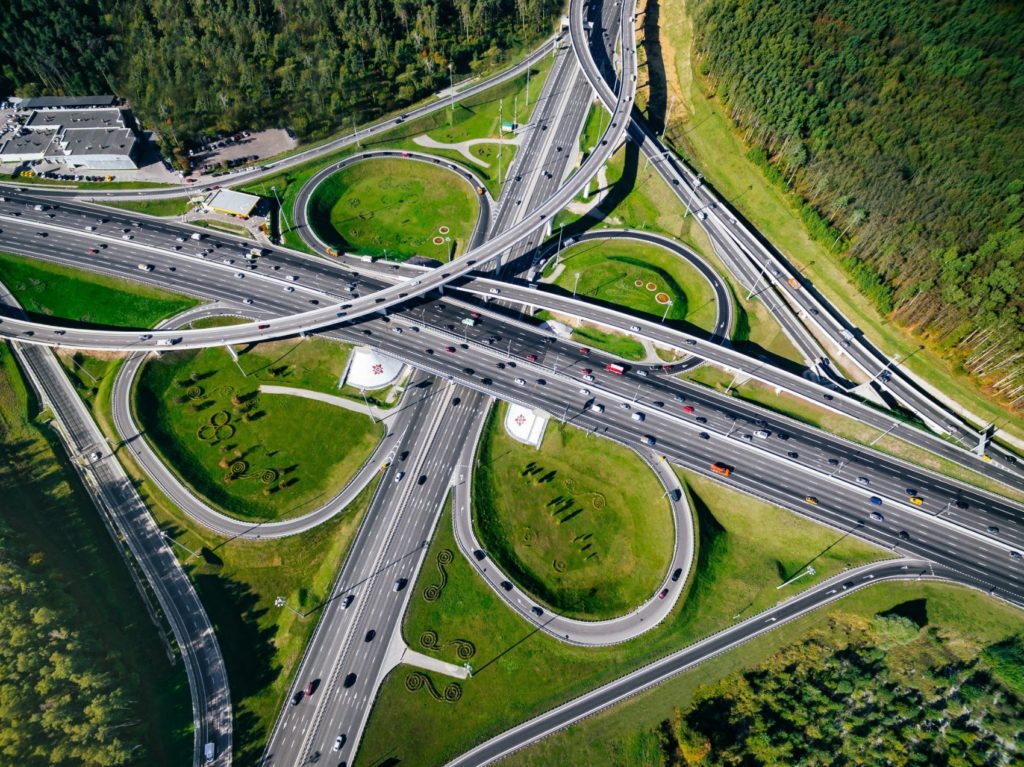Compliance standards are signs of progress in the battle to build cars that follow safety and cybersecurity/cyber-safety guidelines from the earliest stages of R&D through production and delivery. But cyber-mobility concerns do not cease to exist once the cars roll off the line and hit the dealer’s lot.
The Elusive Magic Bullet
A good friend and mentor of mine always says that security is a verb. The point is that there is no single solution, no “magic bullet” that will ensure a cyber-secure transportation system. There is no magic formula that can promise a secure system forever and always, be it the vehicle, the satellite communications, the integrated sensor technology, or the connected Intelligent Transportation Systems (ITS), a fancy way to reference “Smart Roads” and “Smart Cities.” The industry must be vigilant, policymakers and regulators must be nimble and quick, and aftermarket add-on technologies and automotive Internet of Things (IoT) must deploy their technologies responsibly, and, most importantly, consumers must be aware of how the technology they interact with works, at least at a high level.
Please do not misunderstand me; for the automotive industry to have standards with which to comply IS progress! Recently published standards, such as ISO/SAE 21434 and R155, are undoubtedly vital for the automotive ecosystem in the U.S. and other countries. ISO/SAE 21434 is an international standard jointly developed by the International Organization for Standardization (ISO) and the Society of Automotive Engineers (SAE). It focuses on defining a cybersecurity engineering process for road vehicles, emphasizing risk assessment, cybersecurity measures, and secure development practices throughout the vehicle’s lifecycle.
On the other hand, R155 is a U.S. regulatory document issued by the National Highway Traffic Safety Administration (NHTSA), providing guidelines for automakers to address cybersecurity issues in connected vehicles. While adhering to these comprehensive standards is a critical step, it is essential to recognize that compliance alone cannot guarantee a fully secure future for connected vehicles and transportation systems. Additional proactive measures and collaboration are necessary to stay ahead of emerging cyber threats and ensure a robust defense.
Beyond Compliance: The Proactive Stance
To stay ahead of relentless hackers and ever-evolving cyber threats, automotive suppliers, OEMs, intelligent transportation system integrators, state and federal departments of transportation, and urban planners must adopt a proactive and adaptive approach. This goes beyond merely ticking compliance checklists and instead involves continuous monitoring and proactive measures.
A cautionary tale awaits those who become complacent with mere compliance. A false sense of security can lead to unforeseen vulnerabilities, putting lives, assets, and infrastructure at risk. Cybercriminals are relentless in their pursuit of weaknesses, and the interconnected nature of the automotive ecosystem leaves no room for complacency.
In the automotive industry, a single weak link can jeopardize the entire ecosystem. Suppliers, OEMs, integrators, and departments of transportation must work together to ensure the highest level of cybersecurity across the supply chain. Each component must meet rigorous security standards to fortify the entire system.

Fostering Cultures of Vigilance
Cyber threats extend far beyond vehicles themselves. The interconnectedness of the automotive ecosystem means that supply chains, communication networks, and urban infrastructure are all potential targets. A comprehensive approach to cybersecurity must consider these broader implications.
Building a strong cybersecurity posture requires a cultural shift within the automotive industry. Embrace a mindset of continuous vigilance, ongoing education, and proactive measures to combat emerging threats. Collaboration and knowledge-sharing among stakeholders are paramount to staying one step ahead of cybercriminals.
An agile and forward-thinking perspective is essential for automotive cybersecurity. Stakeholders must anticipate future cyber threats and be quick to adapt to new challenges. Compliance efforts should be complemented with regular risk assessments, threat monitoring, and dynamic security protocols.
Unite For Cybersecurity Excellence
Let us heed this call to action and unite as a formidable force against cyber threats. Automotive suppliers, OEMs, intelligent transportation system integrators, state and federal departments of transportation, and urban planners must embrace cybersecurity excellence. By working together, we can fortify the automotive ecosystem, protect the safety of passengers, and ensure a resilient future for transportation mobility.
Conclusively, compliance standards are crucial to progress in the automotive industry’s battle to build safe and cyber-secure vehicles. However, cyber-mobility concerns extend beyond compliance, demanding a proactive stance and continuous vigilance from all stakeholders. The industry must collaborate, foster a culture of vigilance, and anticipate emerging threats.
A robust cybersecurity posture requires a long-term view, considering broader implications beyond the vehicles themselves. By uniting in cybersecurity excellence, the automotive ecosystem can fortify against cyber threats and ensure a resilient future for transportation mobility. Let us embrace this call to action, staying ahead of cybercriminals to safeguard the security of all.


